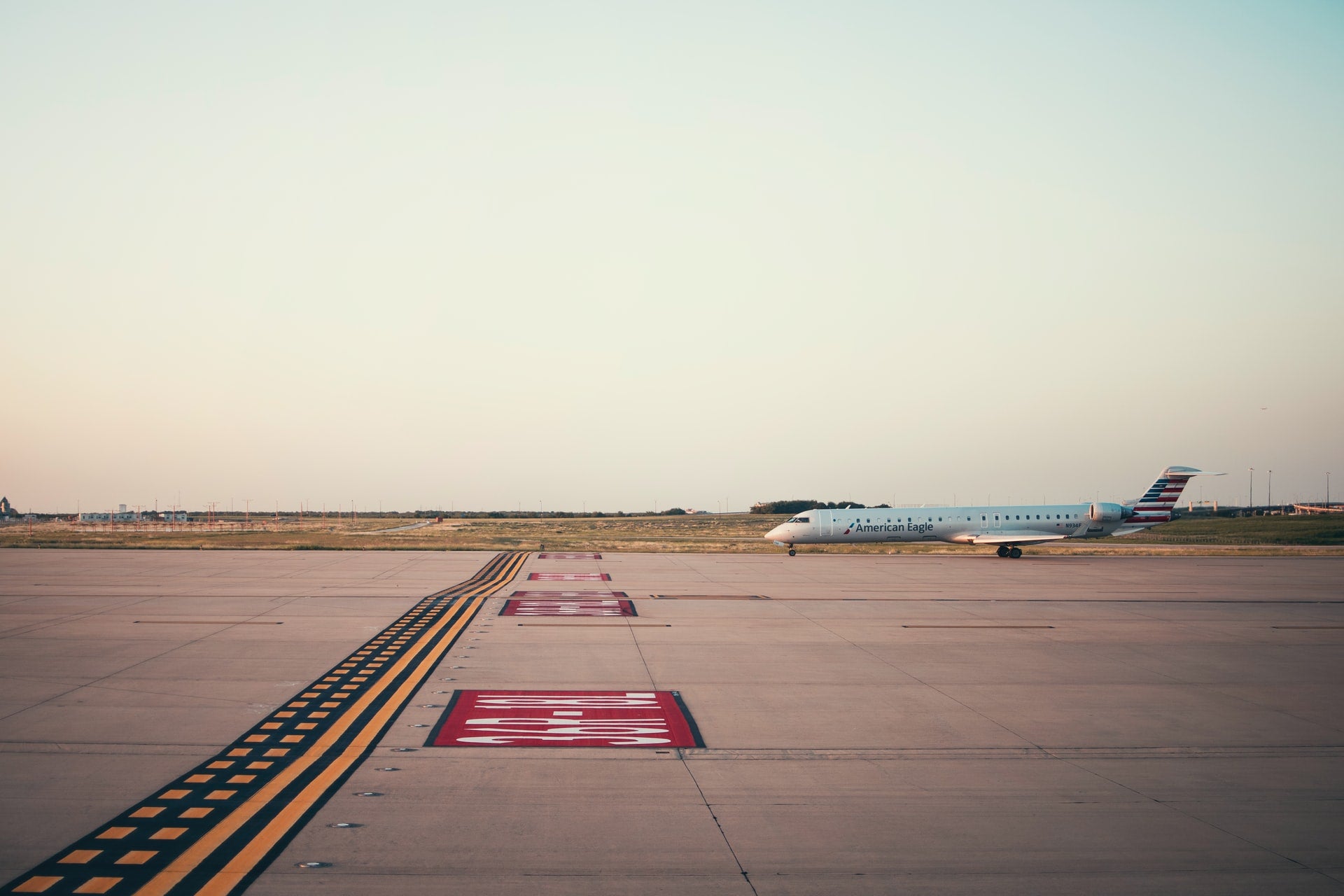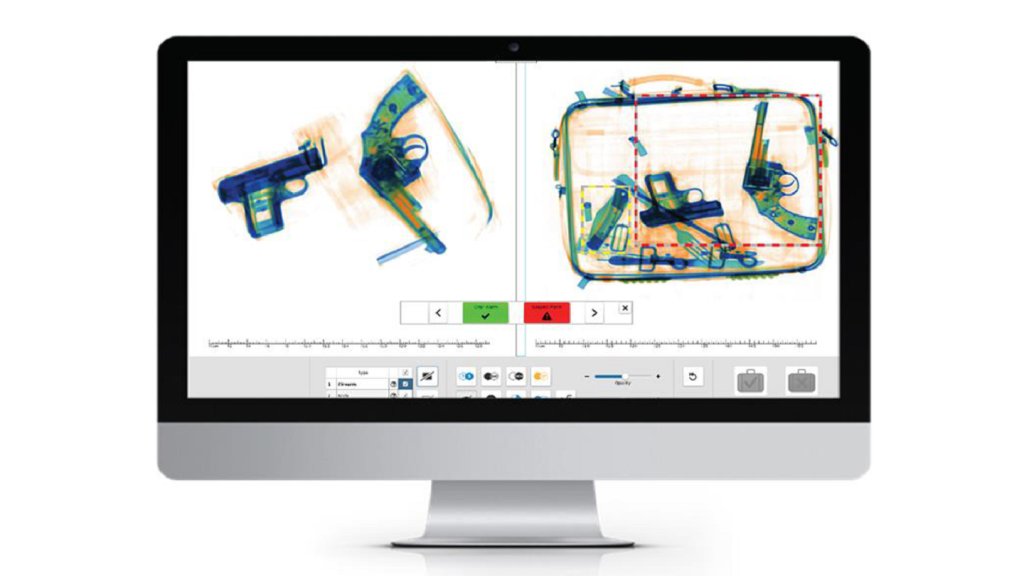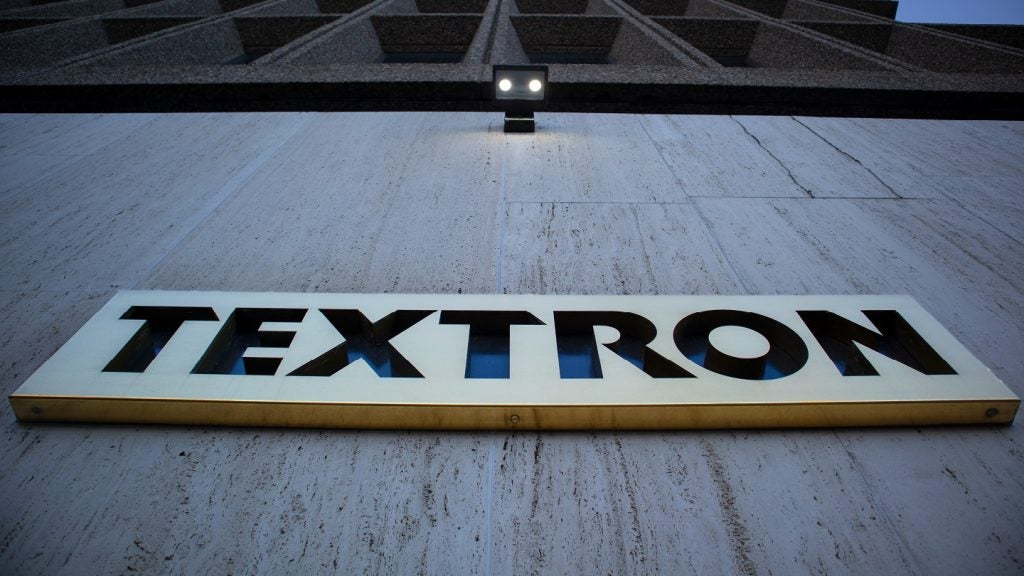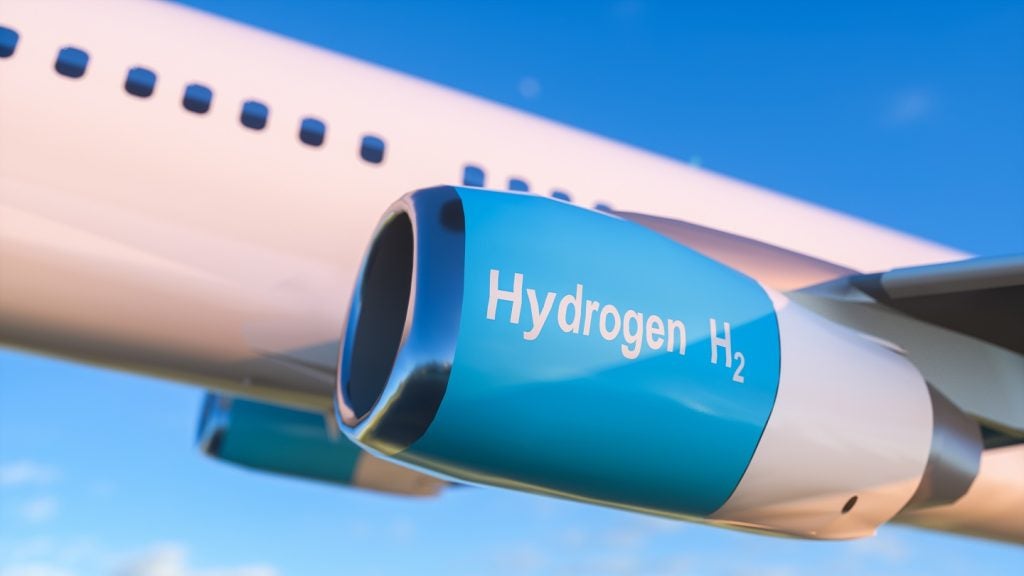
Malaysia’s KL International Airport (KLIA) has entered the second phase of the field trial for the Foreign Object Debris Detection System (FODDS).
Launched in 2019, the initial phase involved the installation of two towers equipped with advanced FODDS radars.
In the second phase, the remaining nine towers will be completely deployed with the same high-precision radars and are expected to be completed by the end of November 2021.
The new FODDS includes advanced radars that can detect any Foreign Object Debris (FOD) within a 500m radius in ten seconds via the millimetre wave radar over optical fibre, which is also called high-end radio over fibre technology.
This technology improves the accuracy and efficiency of runway safety surveillance by detecting even the smallest FOD item such as pebble and wildlife to prevent unwanted aircraft incidents.
Malaysia Airports stated that the FODDS project is a tripartite collaboration between Malaysia Airports (MAHB), Japan’s Hitachi Kokusai Electric (HiKE) and Universiti Teknologi Malaysia (UTM).
How well do you really know your competitors?
Access the most comprehensive Company Profiles on the market, powered by GlobalData. Save hours of research. Gain competitive edge.

Thank you!
Your download email will arrive shortly
Not ready to buy yet? Download a free sample
We are confident about the unique quality of our Company Profiles. However, we want you to make the most beneficial decision for your business, so we offer a free sample that you can download by submitting the below form
By GlobalDataThe FODDS comprises high-resolution cameras to ensure high-quality images of the FOD are captured when detected.
It also offers real-time data collection to accelerate operations in identifying and clearing the FOD as quickly as possible.
Malaysia Airports CEO Dato’ Mohd Shukrie said: “Under the International Civil Aviation Organisation (ICAO) regulations, we are required to inspect the runway four times a day. With the FODDS system in place, we are enabling both detection and data collection to happen in real time around the clock. It helps to facilitate the immediate clearance of the FOD by the team in the shortest time possible.
“On top of that, the system is environmentally friendly as it works on low emission of radio waves. But most importantly, the airport community can be reassured of their safety by the high scalability of the FODDS system that can cater to a busy airport when air travel picks up once again.”







